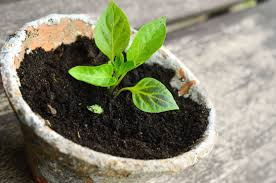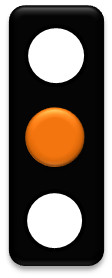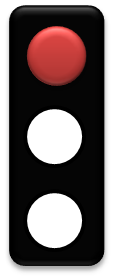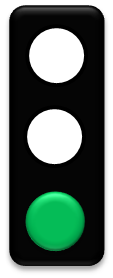
Compost-Fertilizer
Valorisation Option Factsheet
Product description
Compost can be defined as organic matter, similar to the humic substances of the soil that is stabilized through an aerobic decomposition process carried out by several microorganisms (fungi, bacteria, actinomyces...).
The general composition of compost is:

Product application
Compost has the following main uses:
Raw materials
All species and all parts of fish can be used (whole fish or fish by‐products).
Fish by products need to be crushed and mixed with other substrates. Compost from fish usually consists of fish waste, saw dust, wood bark ships and is covered with leaf compost to make a compost pile.
Feasibility
Process Yield
Technology maturity
Value of Product
Potential Market
Production cost
Competing Companies






Simplified process Scheme

Citation :
Factsheet Compost-Fertilizer, Author(s) : Bruno Iñarra, Carlos Bald, Marta Cebrian
Bruno Iñarra, Carlos Bald, Marta Cebrian (2017). DiscardLess WP6.2 Evaluation of the different valorisation alternatives prioritized from the technical, market, regulatory and socio-economic perspective.
http://www.discardless.eu/Valorisation_module